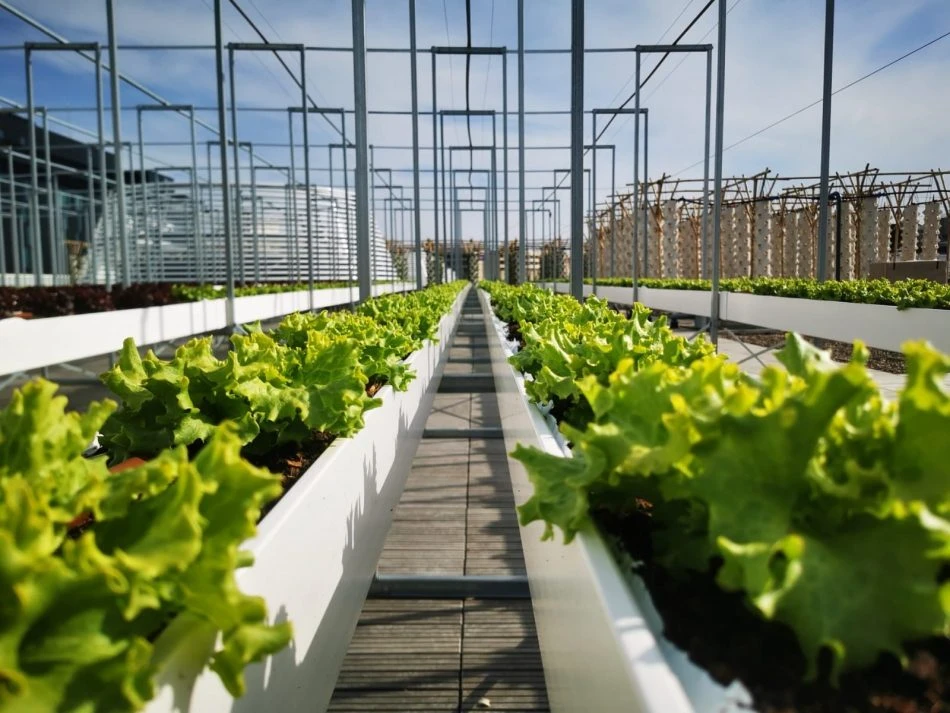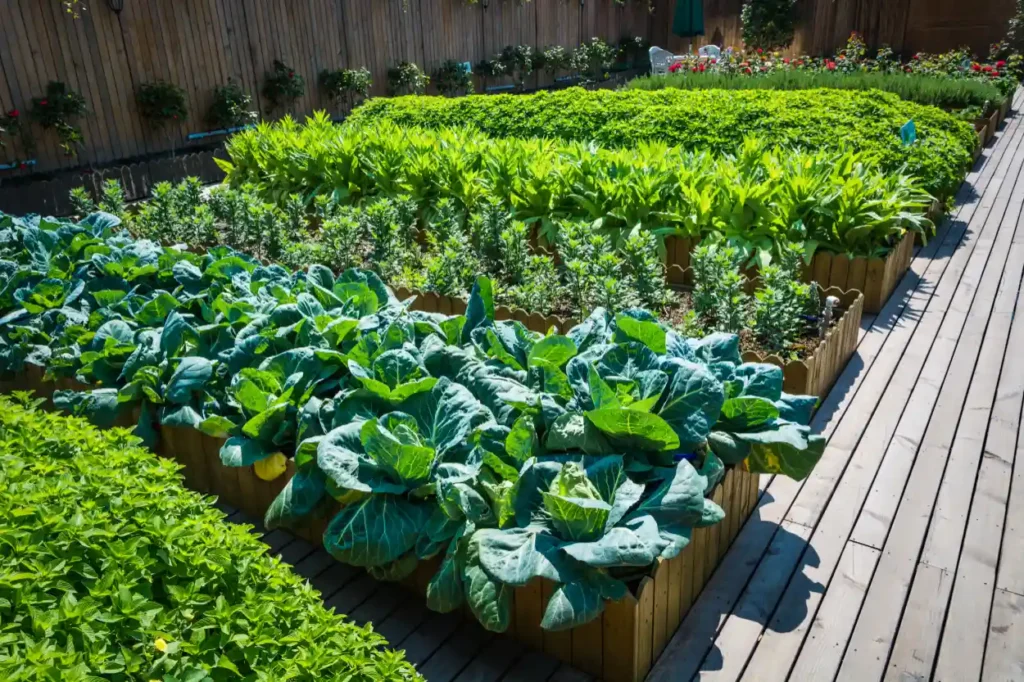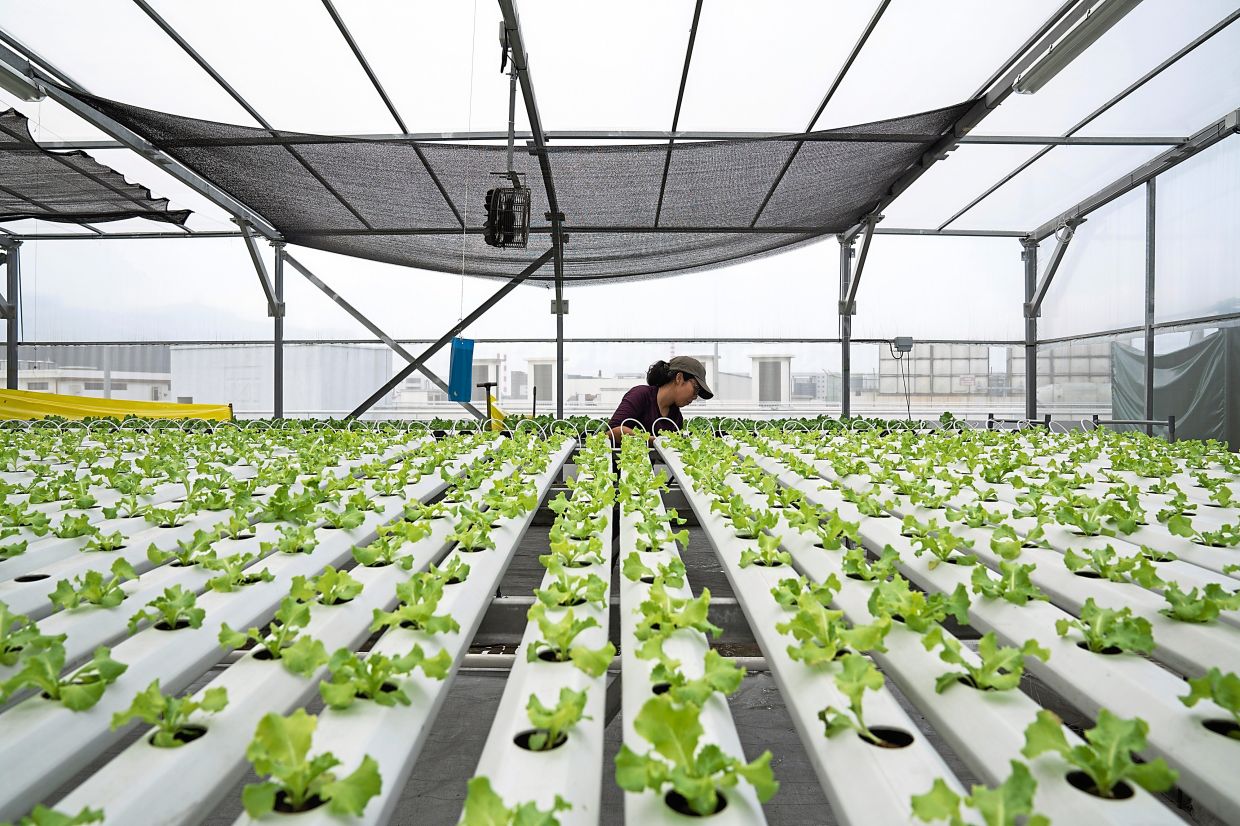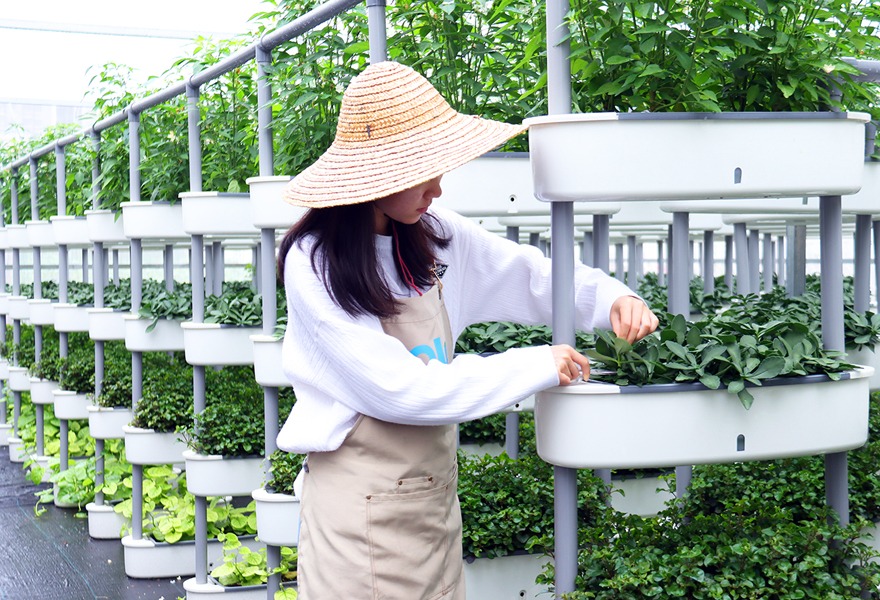In our technologically advanced urbanised world, where cities are rapidly expanding and skyscrapers dominate the skyline, a quiet revolution is silently sprouting amidst all urban chaos. Urban farming, once deemed unconventional, has now blossomed into a symbol of sustainability, well-being, and community unity within our modern metropolises.
Just imagine plucking sun-warmed tomatoes from your own balcony, caring for vibrant rows of greens on a rooftop sanctuary, or breathing life into abandoned spaces by turning them into flourishing vegetable havens. Urban farming brings the timeless art of agriculture into the heart of our cities, reimagining our relationship with the environment and the nourishment it provides.
At its core, urban farming is a dynamic response to the challenges posed by rapid urbanization. As cities teem with growing populations, concerns about food security, the environment, and the scarcity of green spaces loom ever larger. It rises as a pragmatic answer, offering a way to cultivate fresh produce within the city’s embrace, trimming down the distance our food travels, and reconnecting us with the very source of sustenance.
Yet, its reach goes far beyond the cultivation of crops. It’s a movement encompassing a rich tapestry of practices, ranging from the timeless art of soil-based gardening and the ingenuity of hydroponics to the sky-reaching possibilities of vertical farming and the heartfelt collaborations of community gardens. This movement empowers individuals and neighborhoods alike to reclaim control over their nourishment, promoting healthier diets and a profound communion with the natural world.

In our journey into the heart of urban farming, we will plunge into its diverse expressions and roles. We’ll be captivated by the stories of impassioned urban cultivators who’ve transformed barren pockets into thriving havens.
Let’s uncover the science underpinning innovative growth techniques that boldly challenge conventional wisdom.
From Concretes to Crops
In the heart of our bustling cities, something remarkable is happening. Its the rooftop urban farming, the news above us, consuming our interests, from all ends. Nooks and corners and talking all about OrgaAyur and its technologies. Rooftop urban gardens have sprung up like secret retreats, injecting life into the urban landscape and reshaping our bond with nature. These high-rise green spaces are more than just pretty sights; they’re dynamic ecosystems that stand for sustainability, resourcefulness, and a profound connection to our planet.


Imagine a cityscape where skyscrapers meet a canvas of thriving plants, where the peacefulness of a garden merges with the vibrancy of city life. Rooftop gardens are turning unused rooftops into living masterpieces, providing a haven away from the city’s hustle while also making our environment greener and healthier.
At the heart of these rooftop gardens is a delicate dance between nature and architecture. These gardens are a creative solution to the limited space on the ground in cities. They showcase how we can adapt and bring green life to unexpected spaces. These gardens are living proof of sustainability – they collect rainwater, combat heat, and clean the air, all while giving us fresh, homegrown produce.
But rooftop gardening isn’t just about planting seeds in containers. It’s a well-thought-out mix of design, soil care, and choosing the right plants that can thrive up high. There are unique challenges, like getting the right sunlight and battling wind and temperature shifts. However, the rewards are immense. These gardens become vibrant centers for learning, building community ties, and achieving a sense of accomplishment.
Small Spaces, Big Harvests!
Urban farming, by Orgaayur enables Big Harvests within Small Spaces! These practice once thought to be reserved for open fields, is now making its mark even in the tiniest of spaces. OrgaAyur, your guide to success, here to share a treasure trove of insights on turning small plots into bountiful havens of fresh produce.

Imagine harvesting a cornucopia of vegetables from your balcony or watching herbs flourish on your windowsill. Orgaayur’s expertise proves that size doesn’t limit the potential for a thriving garden. Our tips and tricks will show you how to maximize your space, whether it’s a cozy corner or a compact rooftop, and yield a harvest that defies expectations.
At the heart of our mission is the belief that anyone, regardless of space constraints, can nurture the land and enjoy the fruits of their labor. We’ve cultivated a wealth of knowledge on vertical gardening, container cultivation, and space-efficient planting methods that empower you to create your own urban oasis.
But urban farming is not just about techniques; it’s about cultivating a sense of connection with nature, fostering sustainability, and reaping the rewards of your dedication. With Orgaayur’s guidance, you’ll not only be sowing seeds but also building a bridge between the urban landscape and the world of green.
Dispelling Urban Farming Misconceptions
Urban farming is gaining popularity as a means to address food security, environmental concerns, and to create a stronger sense of community. However, there are several misconceptions surrounding urban farming that can impact how it’s perceived and adopted in society.
Here are some prevalent misconceptions on urban farming practices in Dubai and India.
Requirements of Large Spaces
One common misconception is that urban farming requires a significant amount of space, such as a large backyard or rooftop. In reality, urban farming techniques like vertical gardening, container gardening, and hydroponics enable people to grow food even in small apartments or limited spaces.
Only About Growing Food
While growing food is a primary aspect of urban farming, it’s not the only benefit. Urban farming also contributes to improving air quality, reducing the urban heat island effect, and enhancing biodiversity in cities.
Inefficient
Some people believe that urban farming is inefficient compared to traditional rural farming. While urban farming might not match the scale of large-scale agricultural operations, its focus on local production can lead to reduced transportation emissions and fresher produce.
Expensive
Another misconception is that urban farming is costly due to the initial investment required for equipment, materials, and space setup. However, there are various budget-friendly techniques available, and many urban farmers repurpose materials to keep costs low.
Only for Experienced Gardeners
Urban farming is often seen as something only experienced gardeners can succeed at. However, with the right resources, guidance, and a willingness to learn, anyone can start and succeed in urban farming, regardless of their gardening experience.
Doesn’t Yield Enough Food
Some believe that the amount of food produced through urban farming is negligible compared to traditional agriculture. While urban farming might not replace large-scale farming, it can contribute significantly to local food supplies, especially in densely populated areas.
Only for Organic Food
While many urban farmers prioritize organic practices, not all urban farming ventures are strictly organic. Some use conventional methods or a mix of both, depending on their goals and circumstances.
Requires High Tech Skills
The perception that urban farming relies solely on advanced technology can be misleading. While some high-tech methods like hydroponics and aquaponics exist, there are numerous low-tech and traditional techniques that urban farmers use successfully.
Not Suitable for All Crops:
People might assume that only certain types of crops can be grown in urban environments. In reality, a wide variety of crops can thrive, and with experimentation and adaptation, urban farmers can find success with diverse plant choices.
Challenging these misconceptions and promoting accurate information about urban farming is essential to encourage its adoption and maximize its potential benefits in communities.
Cultivating Change: The Future of Urban Farming
In an ever-evolving world where urbanization is on the rise, the future of food production is taking root in our cities. Urban farming, a dynamic and innovative solution, is reshaping the way we think about agriculture. This blog post delves into the exciting world of urban farming, exploring its significance, benefits, and the potential it holds for a sustainable future.

The Urban Farming Revolution
Urban farming, often referred to as urban agriculture, is not a new concept, but it’s experiencing a remarkable resurgence. As cities expand and the global population continues to grow, traditional farming methods face numerous challenges, including limited space, resource constraints, and environmental concerns. Urban farming steps in to address these issues head-on.
Maximizing Limited Space
One of the primary challenges of urban living is the scarcity of land. Urban farmers are finding innovative ways to make the most of available space. Rooftop gardens, vertical farming systems, and community gardens are just a few examples. These spaces not only produce food but also contribute to improved urban aesthetics and air quality.
Localizing Food Production
The traditional food supply chain involves transporting produce over long distances, consuming significant energy and resources. Urban farming minimizes this by bringing food production closer to the consumer. This reduces carbon emissions, supports local economies, and ensures fresher, healthier produce reaches our tables.
Sustainability in Practice
Sustainability is at the core of urban farming. Techniques like aquaponics and hydroponics use less water, reduce pesticide use, and produce higher yields compared to conventional farming. Plus, the close proximity of urban farms to consumers reduces the need for extensive packaging, further cutting down on waste.
Strengthening Food Security
The COVID-19 pandemic exposed vulnerabilities in our food supply chains. Urban farming can bolster food security by providing a reliable source of fresh produce within cities, ensuring that residents have access to nutritious food even in times of crisis.
Community Engagement
Urban farms are more than just places to grow food. They are hubs for community engagement and education. They bring people together, provide learning opportunities, and foster a sense of connection to the environment.
A Greener Urban Landscape
By integrating green spaces into the urban environment, urban farming contributes to improved air quality, reduced heat islands, and enhanced biodiversity. Cities become not only more sustainable but also more livable.
The Road Ahead
The future of urban farming is undoubtedly promising. As technology advances and society becomes increasingly aware of the importance of sustainable living, we can expect to see even more creative and efficient urban farming methods emerge.

From innovative farming techniques to the transformation of abandoned spaces into lush urban oases, the possibilities are endless. The key lies in our collective commitment to nurturing this growing movement.
Urban farming is not just about growing food; it’s about cultivating change in the way we approach to food production, urban planning, and sustainability. It’s a struggleful movement that has the potential to transform our cities into greener, healthier, and more resilient places to live. So, let’s embrace the future of urban farming and sow the seeds of positive change in our communities and beyond.
